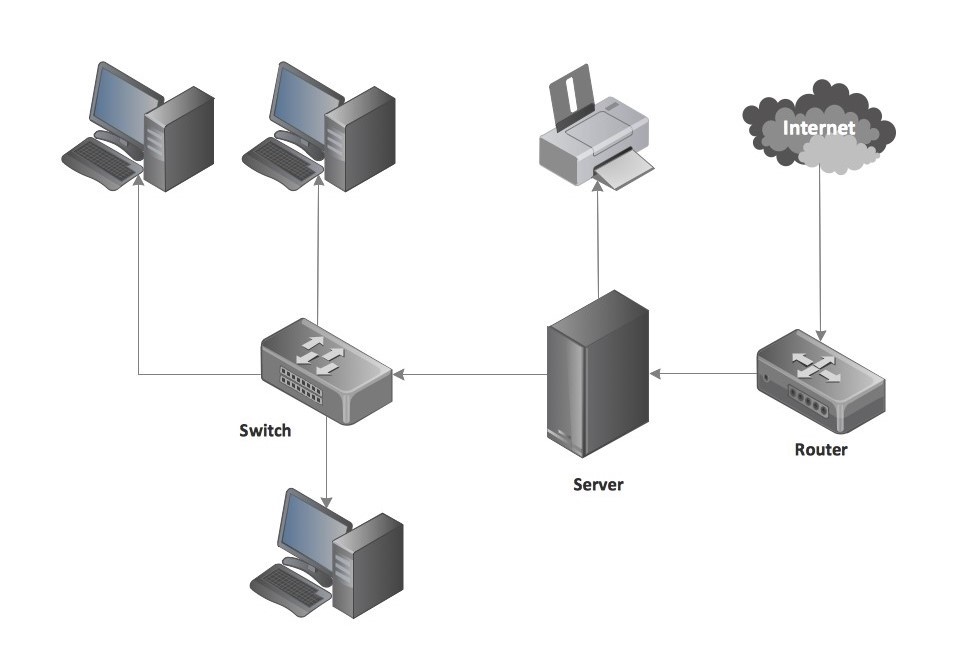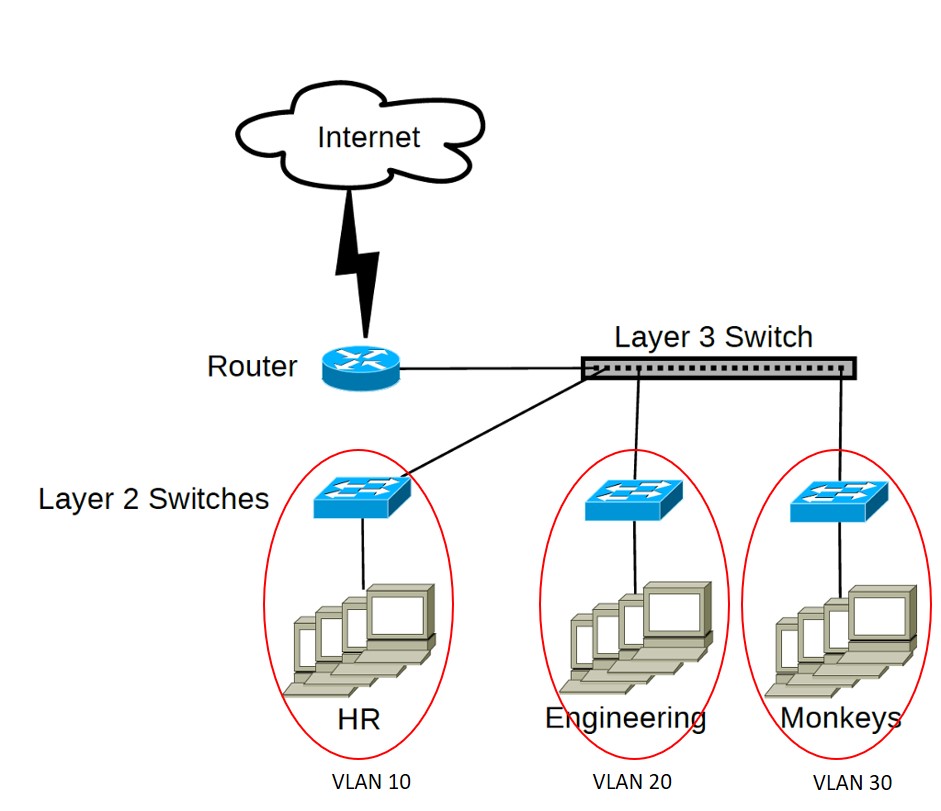- Register Log in person
-
You have no items in your shopping cart.
- Quote cart (0)
- Home
- Contact us
-
-
Manufacturers
- DIGI International
- POWER-ONE
- FORTINET
- OTN Systems
- SWICHTEC
- LINKTEL
- FirstCable
- OPLINK COMMUNICATIONS
- FORTINET
- COMBA
- OT Systems
- MIMOSA
- YUYAO
- RAD
- PROTECHNIC MAGIC
- FIBERXOM
- Sun Microsystems
- Keymile
- AASTRA TELECOM
- ACTERNA
- ADC
- ADIC
- ADVA
- ADVA-SIEMENS
- AGILENT
- AIRDATA
- ALCATEL
- ANDREW
- Anritsu
- ANTEC
- APERTO
- ARRIS
- ASCOM
- ATI
- AUDIO CODES
- AURORA
- AVAGO
- BENNING
- BB Battery
- BKTEL
- CASBAR
- C-COR
- CHEETAH
- CHEROKEE INTERNATIONAL
- CHLORIDE
- CIENA
- CISCO
- COMMSCOPE
- DELTA
- DIVICOM
- EATON
- ECI Telecom
- ELTEK
- EMERSON
- EMI
- ENTERASYS
- ERICSSON
- EXTREME NETWORK
- FAINI AntEnne
- FINISAR
- FLUKE
- FS
- FUJITSU
- FUSION
- HARMONIC
- HG Genuine
- HP
- HUAWEI
- INTERGY
- ISKRATEL
- ITALTEL
- JUNIPER
- KATHREIN
- KENTROX
- KDDI
- LUCENT
- MADDOX
- MARCONI
- MGE
- MISCELLANEOUS
- MOTOROLA
- MRV
- NEC
- NEWBRIDGE
- NEVION
- NOKIA
- NORDEX
- NORSAT
- NORTEL
- PRO.BEL
- OneAccess
- Optronics
- PHILIPS
- REDBACK
- RFL Electronics
- SAFT
- SCIENTIFIC ATLANTA
- SIAE Microelectronics
- SIDSA
- SIEMENS
- SimpleTech
- STEC
- SYMMETRICOM
- TANDBERG
- TELDAT
- TEBECHOP
- TELDAT, S.A.
- TELLABS
- THOMSON
- Tsunami
- TYCO ELECTRONICS
- VAPEL
- WAVECOM
- WTD
- VAYRIS
- YUASA
- ZTE
- All Manufacturers
-
Manufacturers
- Category
- Manufacturer
- Business Sectors
- DIGI International
- POWER-ONE
- FORTINET
- OTN Systems
- SWICHTEC
- LINKTEL
- FirstCable
- OPLINK COMMUNICATIONS
- FORTINET
- COMBA
- OT Systems
- MIMOSA
- YUYAO
- RAD
- PROTECHNIC MAGIC
- FIBERXOM
- Sun Microsystems
- Keymile
- AASTRA TELECOM
- ACTERNA
- ADC
- ADIC
- ADVA
- ADVA-SIEMENS
- AGILENT
- AIRDATA
- ALCATEL
- ANDREW
- Anritsu
- ANTEC
- APERTO
- ARRIS
- ASCOM
- ATI
- AUDIO CODES
- AURORA
- AVAGO
- BENNING
- BB Battery
- BKTEL
- CASBAR
- C-COR
- CHEETAH
- CHEROKEE INTERNATIONAL
- CHLORIDE
- CIENA
- CISCO
- COMMSCOPE
- DELTA
- DIVICOM
- EATON
- ECI Telecom
- ELTEK
- EMERSON
- EMI
- ENTERASYS
- ERICSSON
- EXTREME NETWORK
- FAINI AntEnne
- FINISAR
- FLUKE
- FS
- FUJITSU
- FUSION
- HARMONIC
- HG Genuine
- HP
- HUAWEI
- INTERGY
- ISKRATEL
- ITALTEL
- JUNIPER
- KATHREIN
- KENTROX
- KDDI
- LUCENT
- MADDOX
- MARCONI
- MGE
- MISCELLANEOUS
- MOTOROLA
- MRV
- NEC
- NEWBRIDGE
- NEVION
- NOKIA
- NORDEX
- NORSAT
- NORTEL
- PRO.BEL
- OneAccess
- Optronics
- PHILIPS
- REDBACK
- RFL Electronics
- SAFT
- SCIENTIFIC ATLANTA
- SIAE Microelectronics
- SIDSA
- SIEMENS
- SimpleTech
- STEC
- SYMMETRICOM
- TANDBERG
- TELDAT
- TEBECHOP
- TELDAT, S.A.
- TELLABS
- THOMSON
- Tsunami
- TYCO ELECTRONICS
- VAPEL
- WAVECOM
- WTD
- VAYRIS
- YUASA
- ZTE
- Telecommunication operators and carriers
- Internet Service Providers (ISP)
- Data Centers
- Oil and Gas
- Electricity and Water supply
- Aviation and airports
- Railways
- Aerospace and defense
- Maritime and submarine communication
- Satellite Communication and Research Centers
- OEM manufacturers
- Small and Medium and large Enterprises
- Home page
- Microwave Equipment
- Cables and accessories
- Power Generation Equipment
- Core Network equipment
- Remote Radio Unit (RRU) equipment
- Data Routing and Switching Equipment
- SFP modules
-
Manufacturers
- DIGI International
- POWER-ONE
- FORTINET
- OTN Systems
- SWICHTEC
- LINKTEL
- FirstCable
- OPLINK COMMUNICATIONS
- FORTINET
- COMBA
- OT Systems
- MIMOSA
- YUYAO
- RAD
- PROTECHNIC MAGIC
- FIBERXOM
- Sun Microsystems
- Keymile
- AASTRA TELECOM
- ACTERNA
- ADC
- ADIC
- ADVA
- ADVA-SIEMENS
- AGILENT
- AIRDATA
- ALCATEL
- ANDREW
- Anritsu
- ANTEC
- APERTO
- ARRIS
- ASCOM
- ATI
- AUDIO CODES
- AURORA
- AVAGO
- BENNING
- BB Battery
- BKTEL
- CASBAR
- C-COR
- CHEETAH
- CHEROKEE INTERNATIONAL
- CHLORIDE
- CIENA
- CISCO
- COMMSCOPE
- DELTA
- DIVICOM
- EATON
- ECI Telecom
- ELTEK
- EMERSON
- EMI
- ENTERASYS
- ERICSSON
- EXTREME NETWORK
- FAINI AntEnne
- FINISAR
- FLUKE
- FS
- FUJITSU
- FUSION
- HARMONIC
- HG Genuine
- HP
- HUAWEI
- INTERGY
- ISKRATEL
- ITALTEL
- JUNIPER
- KATHREIN
- KENTROX
- KDDI
- LUCENT
- MADDOX
- MARCONI
- MGE
- MISCELLANEOUS
- MOTOROLA
- MRV
- NEC
- NEWBRIDGE
- NEVION
- NOKIA
- NORDEX
- NORSAT
- NORTEL
- PRO.BEL
- OneAccess
- Optronics
- PHILIPS
- REDBACK
- RFL Electronics
- SAFT
- SCIENTIFIC ATLANTA
- SIAE Microelectronics
- SIDSA
- SIEMENS
- SimpleTech
- STEC
- SYMMETRICOM
- TANDBERG
- TELDAT
- TEBECHOP
- TELDAT, S.A.
- TELLABS
- THOMSON
- Tsunami
- TYCO ELECTRONICS
- VAPEL
- WAVECOM
- WTD
- VAYRIS
- YUASA
- ZTE
- All Manufacturers
- Contact us
Categories
Popular tags
Is a “layer 3 switch” simply a router?
Let’s start with a basic switch (layer 2 switch) in a basic network.
A basic network consists of routers, switches, work stations and etc. Below you may find a sample network diagram for basic needs.

This network solution allows to design simple LAN (Local Area Network) and WAN (Wide Area Network). In this solution, switch works on layer 2 (datalink layer) and moves data within one LAN, while router works on layer 3 (network layer) and performs traffic directing between WANs.
What is a layer 3 switch?
Layer-3 switch, also known as routing switch, is primarily used for Inter-VLAN (Inter-Virtual Local Area Network) routing. It is designed to improve routing performance on large network on layer 3. Below is a sample network diagram for more complicated needs. In this solution, layer 3 switch connects devices on the same VLAN and enables data transmission between VLANs at lightning speeds.

When do you need layer-3 switches?
Well, basically when large broadcast domains or VLAN is involved. A layer 2 switch can assign VLANs to specific switch ports, which in turn are in different layer 3 subnets, and therefore in different broadcast domains. Meanwhile, any broadcast traffic on a switch will be forwarded out all ports with the exception of the port the broadcast packet arrived on. So, when there is a large traffic in VLANs or broadcast domains, layer 2 switches tend to have a less stable performance. In some cases, this could lead to network outage.
One way to solve this is to use a router. However, routers are much slower in passing data. The ideal way would be to integrate routing intelligence to a switch, which would allow data packets to transmit faster within or among VLANs. This is very purpose of designing layer 3 switch in the first place.
Nowadays, layer 3 switches are mainly used to serve the following purposes and functions.
- Network with a lot of broadcasts that needs better performance.
- Subnets and/or VLANS that are currently connected Via a router.
- Higher Performance VLANS.
- Departments Need Their Own Broadcast Domains For Performance Or Security.
- Considering Implementing VLANS.
Is a “layer 3 switch” simply a router?
Layer 3 switch is not a router, as it lacks WAN functionality. Let alone other prime functionalities like MPLS, NAT, firewalling, tunneling and etc. It is designed to improve routing performance across different VLANs on layer 3.
For home and small business networks, layer 3 switch is a waste whereas router is a ubiquitous hardware.
For more ports and VLAN segmentation, layer 3 switches outperform routers.
Business Sectors
- Telecommunication operators and carriers
- Internet Service Providers (ISP)
- Data Centers
- Oil and Gas
- Electricity and Water supply
- Aviation and airports
- Railways
- Aerospace and defense
- Maritime and submarine communication
- Satellite Communication and Research Centers
- OEM manufacturers
- Small and Medium and large Enterprises
Category
Customer service
- My account
- Orders
- Addresses
- Shopping cart
- Wishlist
- Search
- News
- Blog
- Recently viewed products
- Compare products list
- New products
- Our Team
- Product Technology
- Product Quality
- Product Logistics
- About us
Follow us
Contact us
Telecom Easy Hong Kong Limited Room 409, Beverly Commercial Centre 87-105 Chatham Road South, Tim Sha Tsui Hong Kong
stay_current_portrait + 46-40-643 96 50/ Phone 2
print + 46-40-643 96 68 / + 46-40-94 84 11
Opening hour
- Monday-Thursday: 9.00-17.00 CET
- Closing hour
.png)